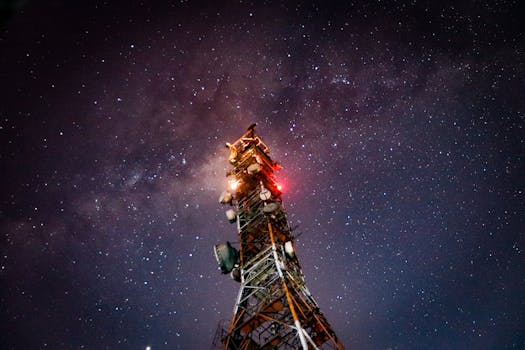
MEO Satellites: Revolutionizing Global Connectivity with Medium Earth Orbit Technology
MEO satellites, or Medium Earth Orbit satellites, are a type of satellite that operates in an intermediate orbit between Low Earth Orbit (LEO) and Geostationary Orbit (GEO). With their unique blend of coverage and latency, MEO satellites are revolutionizing the way we communicate globally, offering faster and more reliable connections than traditional GEO satellites. In this article, we will delve into the world of MEO satellites, exploring their history, technology, applications, and future prospects.
History and Development of MEO Satellites
The concept of MEO satellites dates back to the 1990s, when satellite operators began exploring alternative orbits to GEO. The first MEO satellite, the ICO F1, was launched in 2001, but it was not until the 2010s that the technology gained significant traction. Today, several companies, including O3b Networks, SES, and Intelsat, operate MEO satellite constellations, providing a range of services from broadband internet to mobile network backhaul.
Technology and Benefits of MEO Satellites
MEO satellites operate at an altitude of approximately 8,000 kilometers, which is lower than GEO satellites (36,000 kilometers) but higher than LEO satellites (800 kilometers). This intermediate orbit provides several benefits, including lower latency, higher throughput, and improved signal strength. MEO satellites are also less prone to signal interference and attenuation, resulting in more reliable connections. Additionally, MEO satellites can provide coverage to remote and underserved areas, making them an attractive option for rural broadband and mobile network expansion.
Applications and Use Cases of MEO Satellites
MEO satellites have a wide range of applications, including broadband internet, mobile network backhaul, maritime communications, and aviation connectivity. They are particularly useful for providing high-speed internet access to remote and underserved communities, where traditional fiber-optic infrastructure is lacking. MEO satellites are also used for disaster recovery and emergency response, as they can provide temporary connectivity in areas affected by natural disasters or conflicts.
Future Prospects and Challenges of MEO Satellites
As the demand for global connectivity continues to grow, MEO satellites are poised to play an increasingly important role in the satellite communications industry. However, there are also challenges to be addressed, including the need for more efficient and cost-effective launch systems, the development of advanced antenna technologies, and the mitigation of space debris. Despite these challenges, the future of MEO satellites looks promising, with several new constellations and services planned for launch in the coming years.



